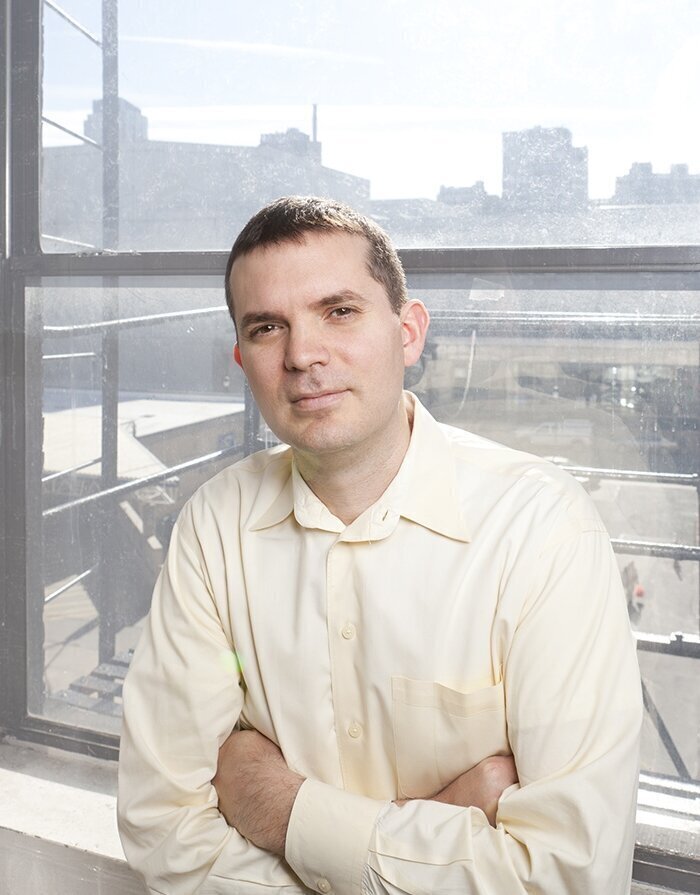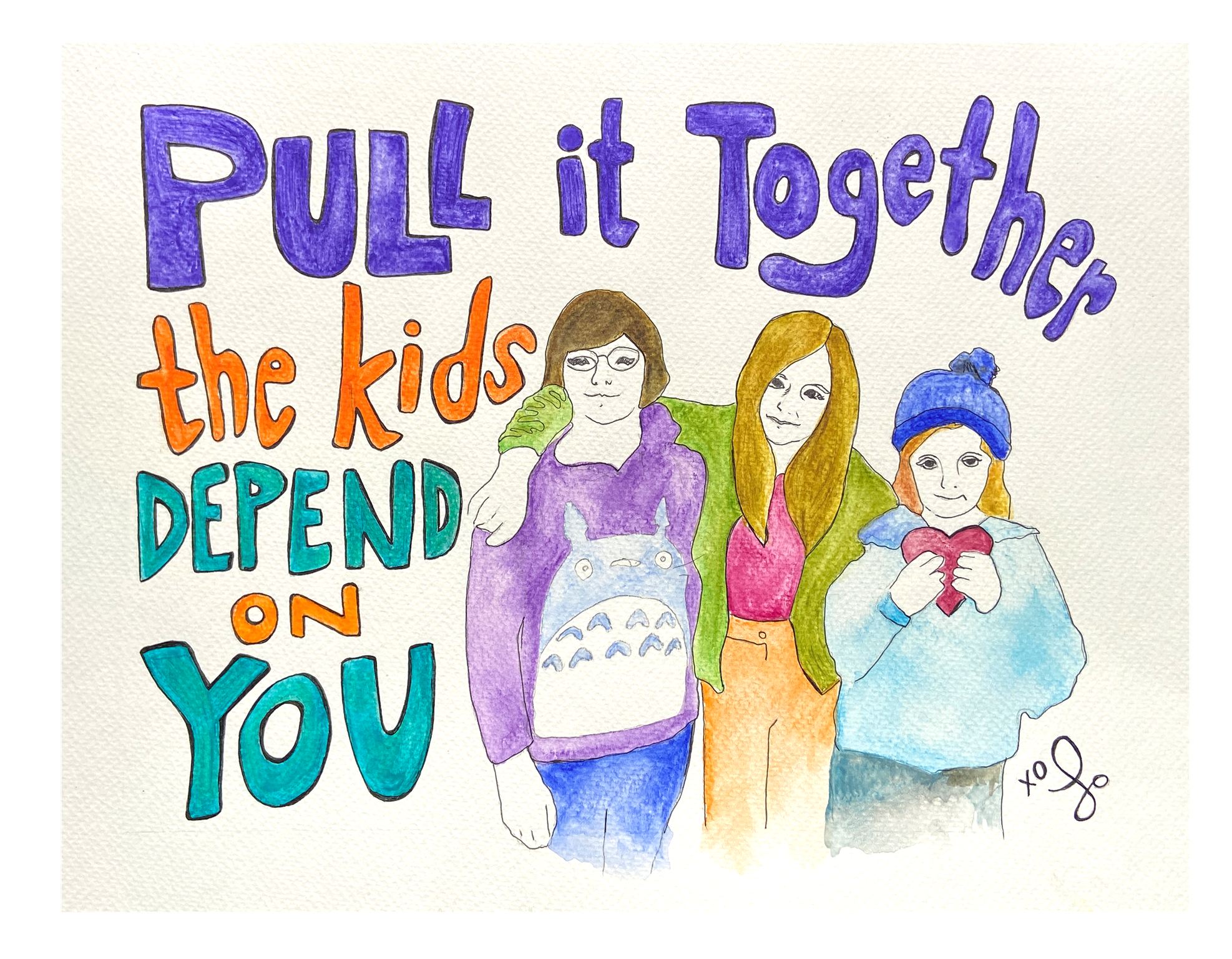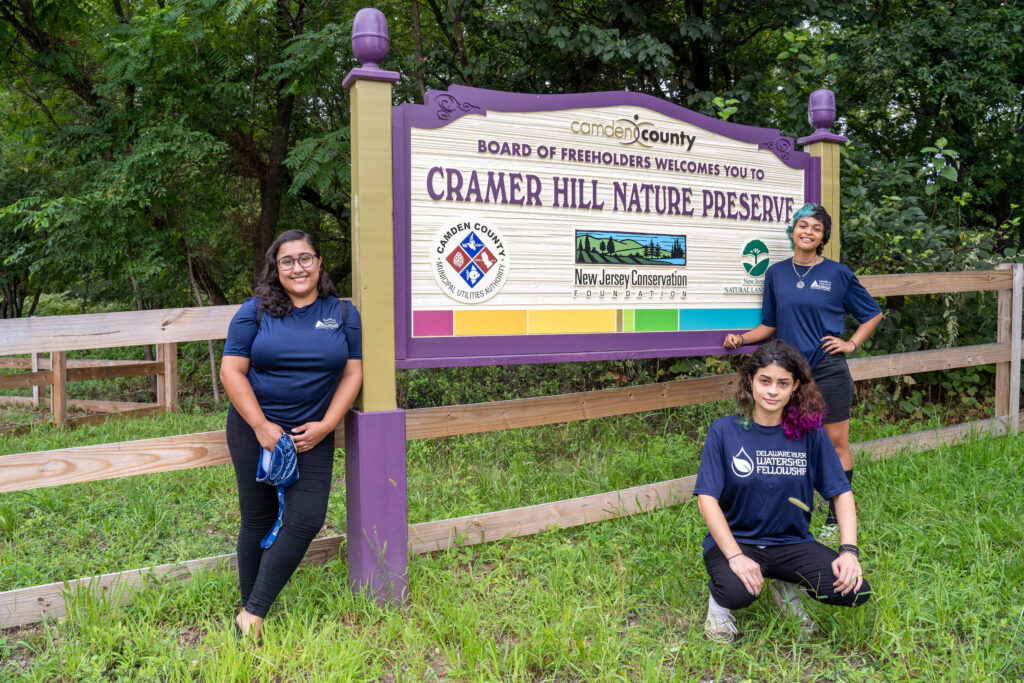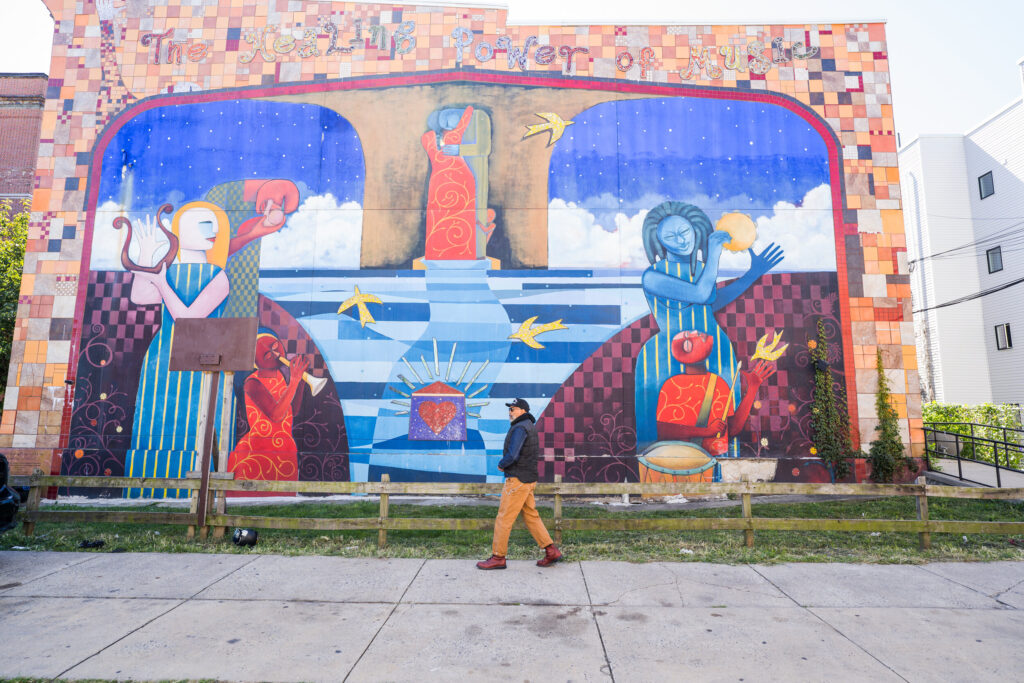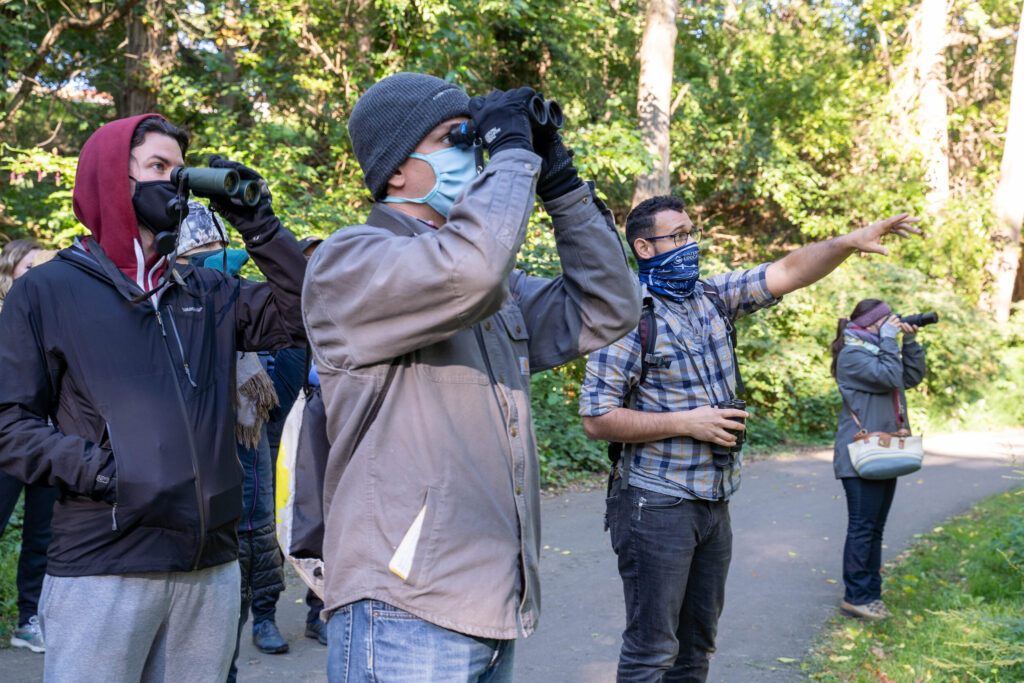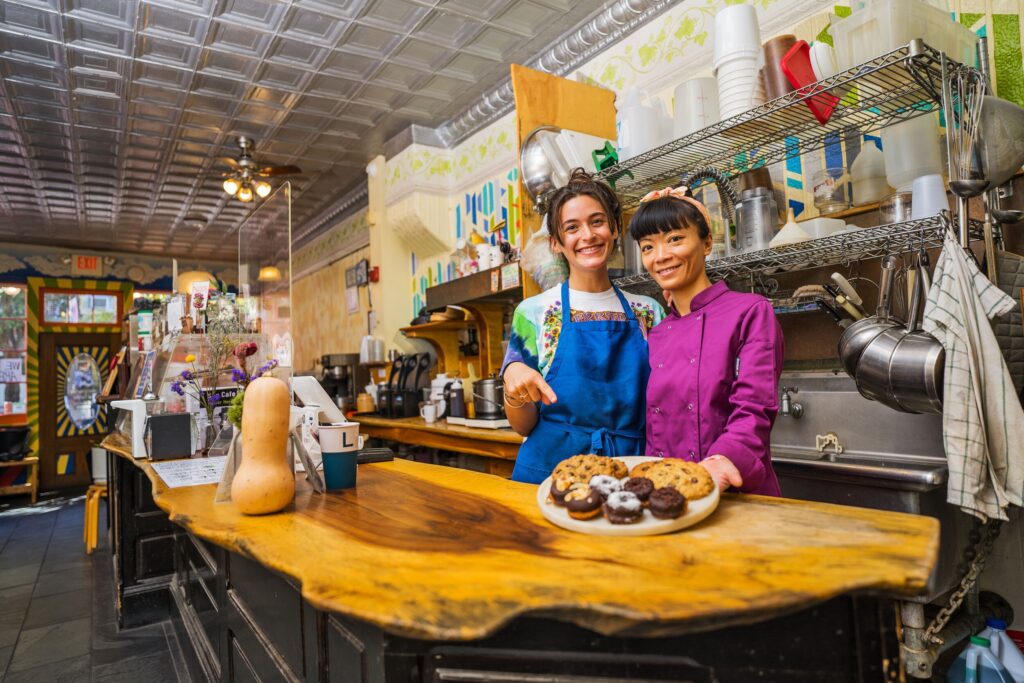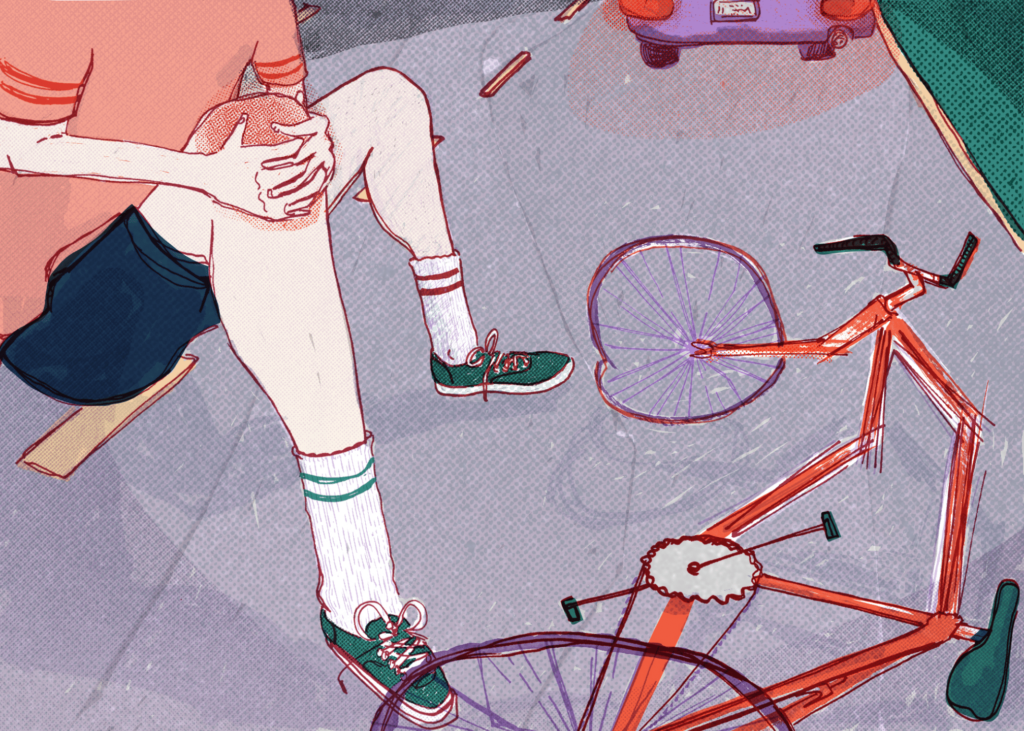What happens to a dream deferred? … Maybe it just sags like a heavy load. Or does it explode?
Langston Hughes, “Harlem”
In the aftermath of the police killing of Walter Wallace, a 27 year old black man suffering from bipolar disorder, I think the answer to Langston Hughes’ famous question is both: It exacts a toll on us everyday, and then, suddenly, it erupts.
Growing up in Wilkes-Barre in the 1970s and ’80s, the fight for racial equality seemed distant. Or more accurately, it seemed like the movement was a success. Yes, there were still racist people, we were taught, but they were the exception. As my white school in my white neighborhood would tell it, slavery was a problem the founders should have addressed, but eventually the noble sentiments at the root of our country—the ideals of democracy and equality—prevailed. The logic continued that, while we are not yet a perfect union, a Black person can be whatever they want to be, even president.
The numbers tell a different story. One out of every 249 Black residents in Philadelphia has received a life sentence without parole, or as advocates working to change the situation call it, death-by-incarceration. When I read this statistic in our cover story, I was sure it had to be wrong. But when I did the math, the numbers were right.
How can this be? In 2020, there are two words I always notice when reading the news. One is “mendacity,” always applied to Donald Trump, often specifically about his racist rhetoric. The second is “disproportionate.” If things were in proportion, people of every race would have the same chance of dying from COVID-19, living on the streets, being hungry, being deprived of a decent education, going to prison—even getting hit by a car while crossing the street.
But things are not equal, and the results are poisonous.
Like climate change, the effects of systemic racism no longer feel abstract to me. The helicopters are hovering above my house. When I take the garbage out, my neighbor says that she is keeping her 19 year-old son in for the night, out of harm’s way. Not a night for a young Black man to be outside.
Down the street, our drugstore has been looted—again. As I bike by, I see our pharmacist outside with three other men surveying the damage, a look of distress on his face apparent even from across the street. My kids see things like boarded up businesses and broken windows. Explaining to them the nuances of what is happening, that peaceful demonstration about social injustice is positive, but sometimes people take advantage of a chaotic situation, is difficult. (Likewise, commuting life sentences is a nuanced proposition. State Representative Jason Dawkins makes it clear that “…some incarcerated people absolutely should not come out.”) Thankfully, both of the schools they attend talk about the Black Lives Matter movement. My son’s school principal emailed a recommendation for a book called “Something Happened in Our Town: A Child’s Story About Racial Injustice.” I haven’t read it yet, but I plan to.
I wish it were a better world I was explaining to my children. Parents always do. My hope is that, if we seize this moment, maybe when it’s their job to talk to their kids, they will have a better story to tell.


